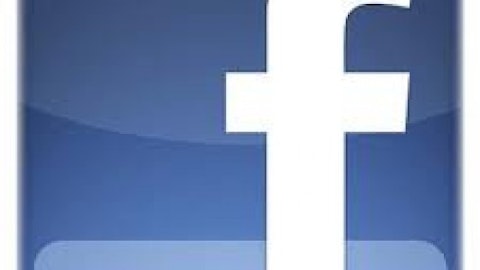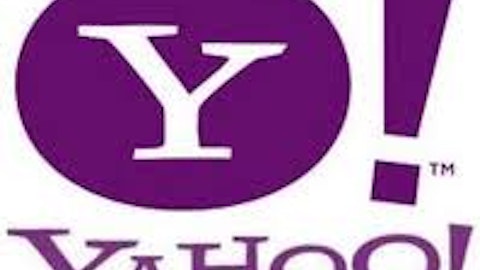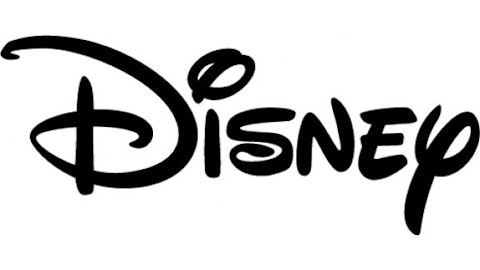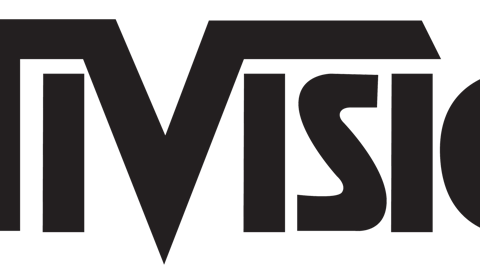However, Ballmer recognized this problem, and decided to pay Nokia Corporation (ADR) (NYSE:NOK) $1 billion annually to pump out Windows Phones. Nokia’s CEO Stephen Elop, a former Microsoft executive, knew that creating a Windows Phone would be preferable to dying a slow death with the aging Symbian OS that the company’s Finnish board was so enamored with. In retrospect, Nokia’s decision to offer a Windows Phone was actually a smarter move than going the easy route and creating an Android device, since it made Nokia’s products stand out against a sea of similar Android handsets from Samsung, HTC, and Sony Corporation (ADR) (NYSE:SNE). This individuality helped Microsoft claim 3.2% of the smartphone market last quarter. Nokia currently produces over 80% of all Windows Phone devices.
Microsoft’s renewed focus on mobile devices as the heart of Windows, as opposed to the treatment of mobile devices as peripherals, sends a clear message to Google Inc (NASDAQ:GOOG) that it is striving to create a unified OS that can hold its own against Android. Although these are baby steps for Microsoft, which still faces Google Android’s overwhelming 75% mobile market share, they are at least steps in the right direction.
Eyes on the prize
Although Microsoft’s recent reorganization shows promise, the company still has a knack of making broad, unfocused statements that cast doubt on its long-term focus.
For example, Microsoft Xbox MVP Marques Lyons recently stated, “The Xbox One, priced at $499, is an affordable option for small business owners, as there are many features built into the console that could help it rival even the most modest of video conferencing and networking platforms.”
I disagree with Lyons’ claim. For less than $200, anyone can purchase a Google Chromebook that achieves the same purpose in a smaller, mobile package. The Xbox One is not a mobile device, and will never be, despite Lyon’s goofy claim that the Xbox One is a “justifiable” business expense.
Meanwhile, Microsoft also revealed that it was close to releasing a smartwatch, with Microsoft sources claiming that a Surface-branded smartwatch could be released later this year. Although a new smartwatch can be considered a preemptive strike against Google, which reportedly has an Android-powered smartwatch in the works, I think it won’t make much of an impact on overall revenue growth. Market research firm ABI only forecasts 1.2 million smartwatches will be sold worldwide by the end of 2013, pegging the total value of the market at a mere $370 million.
Lastly, Microsoft’s upcoming release of Windows 8.1 still doesn’t address its core problem – the fact that it is a clunky, hybrid operating system stuck between two worlds. Although Microsoft has now established the framework for more efficient business decisions, it now has to implement them and avoid decisions that make the company look as if it’s grasping at straws.





